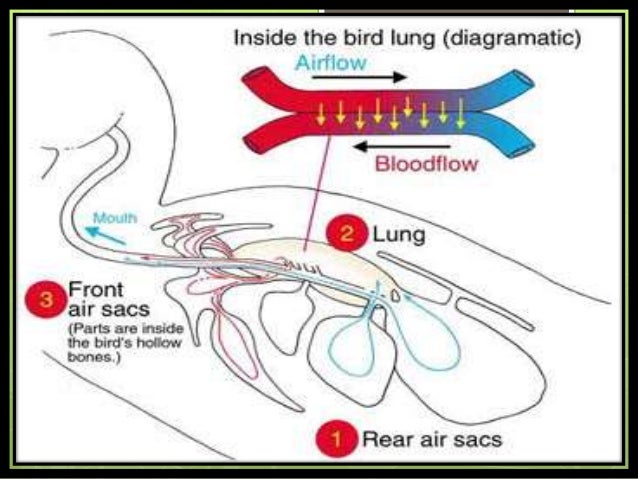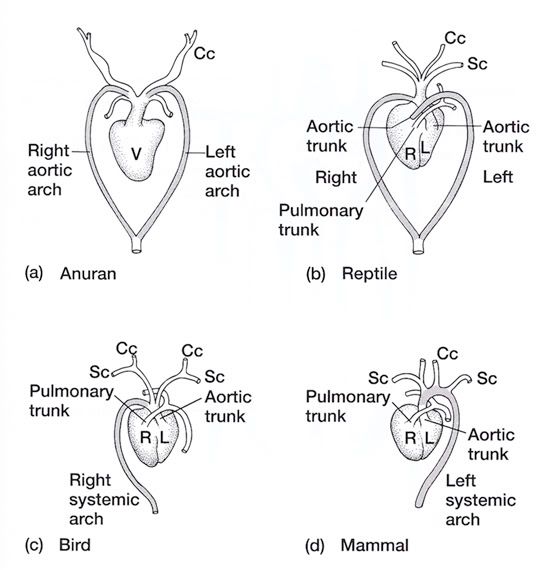Physiology and metabolism in the fossil record I: The living base-line
John Merck
We long to know how ancient vertebrates lived.
To that end, we:- Compare them to living counterparts
- Assess the absolute strengths of the materials they were made of
- Constrain the range of motion of their joints
- Calculate their Reynolds numbers
- etc.
But one thing we have real trouble assessing are the characteristics of their metabolism. In the public eye, this often leads to a simplistic debate over whether they were warm-blooded or cold-blooded, with outspoken protagonists on both sides. (E.G.: Robert Bakker (right) and John Ruben.)
But what does it mean?
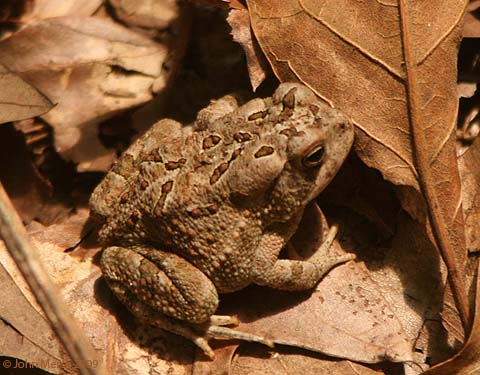
Fowler's toad - a bradymetabolic poikilothermic ectotherm
When we say that an animal is cold-blooded, we mean:
- Relies on external heat sources and sinks.
- Allows its body temperature to rise and fall with that of its environment.
- Is, at best, capable of only short episodes of intense activity.
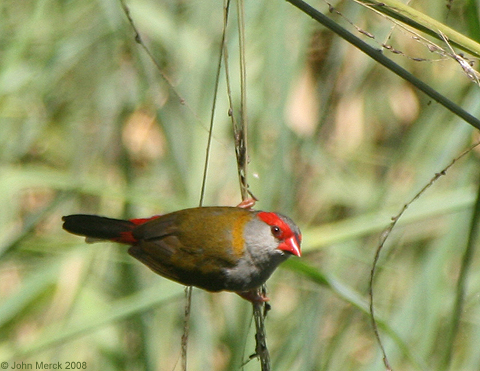
Red-browed finch - a tachymetabolic homeothermic endotherm
- Relies on internal heat sources
- Maintains a constant body temperature most of the time.
- Is generally capable of prolonged episodes of intense activity.
Thus, we are really talking about three separate capabilities:
- The ability to maintain constant temperature.
- The ability to exert large amounts of energy over a reasonably long time.
- The ability internally to generate body heat.
Each of these concepts has its own set of terms:
- Temperature:
- Homeothermic: Maintaining constant body temperature by any means.
- Poikilothermic: Allowing temperature to vary with environment.
- Heat - source:
- Ectothermic: Obtaining heat from environment.
- Endothermic: Generating heat internally.
- Activity levels:
- Tachymetabolic: With rapid high-energy metabolism.
- bradymetabolic: With slow, low energy metabolism.
Why does temperature matter?
Metabolic processes are mediated by protein catalysts that are sensitive to temperature:- Too cold and the catalysts will work less effectively, slowing down metabolism.
- Too hot and the catalysts will break down, causing death.
Poikilothermy:
Body temperature is allowed to fluctuate with the environment. Behavioral responses including:- Hibernation
- Aestivation
Homeothermy:
Body temperature is maintained within a narrow range.
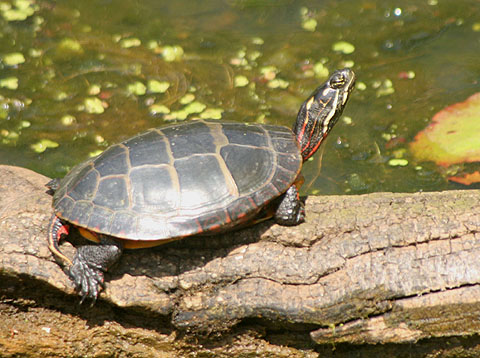
Eastern painted turtle soaking up the sun
How is homeothermy achieved?
Ectothermy: By sitting in microenvironments that serve as heat sources or heat sinks, animals can maintain elevated constant temperatures much of the time. Depending on the animal's size (small = low surface/volume ratio) and environmental conditions, these behaviors may take up much or little of its day. A special case:
Inertial homeothermy: For large animals with low surface/volume ratios (Galapagos tortoise), body temperature changes slowly. Such poikilothermic animals inhabiting mild climates can maintain a constant temperature with minimal behavioral modifications.
The take-home: achieving homeothermy requires both:
- The acquisition of heat
- The elimination of excess heat
Endothermy: Internal heat as a by-product of glucose metabolism:
- Mitochondria metabolize glucose and oxygen, generating heat along with metabolically useful energy. In some vertebrates, brown fat cells are oversupplied with mitochondria, whose primary purpose is to generate heat.
- Muscle contractions, as mitochondria in muscle cells metabolize glucose in order to contract. This happens during normal work and maintenance of posture, but muscles can be employed specifically to generate heat by shivering.
- The generation of useful metabolic energy and heat are separate functions, but linked because they are based on glucose metabolism.
- Glucose that is burned for heat is glucose that can't be used for other functions - endothermy is metabolically expensive!
- Conversely, critters that have glucose "to burn" typically maintain high metabolic rates - are "tachymetabolic."
Glucose and ATP:
Where does the ability quickly to metabolize glucose come from? In fact:- Glucose is a storage medium for energy, and is the form in which the body moves it between cells.
- Actually to use the energy, it must be translated into adenosine triphosphate (ATP) the true energy currency of the cell through the process of respiration.
Energy pathways: There are two general ways in which a body cell can convert glucose into useful energy:
- Anaerobic respiration: Is relatively inefficient and yields toxic byproducts such as lactic acid, along with energy, but can proceed in the absence of oxygen.
- Aerobic respiration: Yields over three times as many ATPs per glucose, and without toxic byproducts, but requires significant amounts of oxygen. This is the function of the mitochondria.
Vertebrates "prefer" to respire aerobically, but can add on anaerobic respiration during intense activity. Intense exercise:
- Overwhelms the muscles' ability to work aerobically
- Anaerobic respiration is added to increase available energy.
- Lactic acid builds in the muscles. Its presence creates an "oxygen debt," and causes aerobic respiration to shut down.
- Eventually exercise must cease because of exhaustion (right).
- Aerobic metabolism is used to clean up the lactic acid - i.e. the creature pays off its oxygen debt.
The only creatures that can live entirely off of anaerobic respiration are single celled organisms that can eliminate toxic by-products by simple diffusion.
Side note: Metabolizing ATP requires access to phosphate ion (PO3). Where might vertebrates find a supply of that? (Nudge, nudge..)
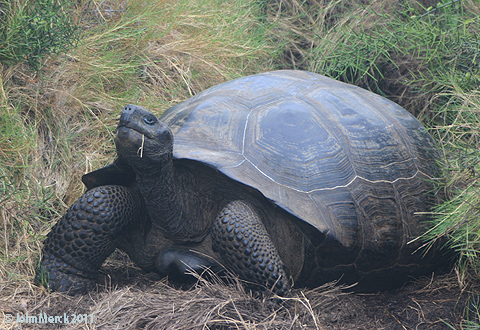
Chelonoidis nigra vandenburgi - a bradymetabolic homeothermic ectotherm
- The Galapagos tortoise (right) is "cold-blooded" yet homeothermic thanks to its large size and low surface/volume ratio.
- Creatures as varied as: are endothermic during intervals of activity but poikilothermic when resting.
Resting metabolic rate: The base rate at which an organism metabolizes glucose while at rest. In endothermic homeotherms like mammals, this can be roughly ten times what it is in ectothermic creatures.
Aerobic scope: The factor to which an organism can elevate its activity levels over the resting state without slipping into anaerobic respiration. For most mammals, that is 10 - 20. The aerobic champs are insects like hoverflies, some of which have aerobic scopes approaching 300.
And yet, when they are at rest, hoverflies are poikilothermic!
Nevertheless, among vertebrates, there is a general relationship between one's competence as a homeotherm and one's overall metabolic rate.
Why?
Plumbing:
Whether you need to burn it for heat or for chemical energy, you need glucose and oxygen. The body cells of animals are not that different in their ability to metabolize glucose. Where animals differ is in the arrangement of their plumbing. For an animal to maintain a high metabolic rate, its cells must be well-supplied with:- Oxygen
- Glucose
Glucose plumbing:
To make more glucose consistently available to its cells, an animal must:- Digest efficiently by reducing food to small bites before ingestion using or by employing chewing or gizzards (right) to grind food up.
- Eating more food: Once digestion is efficient enough to yield more energy per unit time, one can hunt more effectively and capture yet more food.
Oxygen plumbing:
To make more oxygen available to its cells, an animal must:- Moving more air through its lungs by increasing the efficiency of ventilation - the movement of air through the lungs:
- In mammals, ventilation of the lungs is aided by:
- a muscular diaphragm that joins the ribs and intercostal muscles in expanding and contracting the thoracic cavity,
- the separation of food and air in the mouth by means of a secondary palate.
- Archosaurs take a different approach:
- Inspired air is routed to and from the lung through a series of air sacs (right).
- Air flows unidirectionally through the lung through a series of tubular parabronchi that parallel capillaries. This facilitates a counter-current flow system that maximizes diffusion of gasses to and from the blood.
- In mammals, ventilation of the lungs is aided by:
- Separating oxygenated and deoxygenated blood: Getting air into the blood is only half the battle. Oxygen must efficiently be transported to the cells, and CO2 transported away. The key to this is a four-chambered heart. Getting there:
- Two-chambered hearts: Aquatic vertbrates have a straightforward cirulatory system in which blood:
- Returns from the tissues and is gathered in an atrium which contracts when it is full, pushing the blood into the
- Ventricle which contracts powerfully to propel the blood back to the itssues where its first stop is the
- Gills in which it picks up a full load of oxygen.
- Three-chambered hearts:

Among lungfish and tetrapods, for whom the lungs are an important source of oxygen, a set of blood vessels have become specialized to take blood from the ventricle directly to the lung, then back to the atrium. In lungfish, the atrium is partly partitioned. In tetrapods, it is completely divided into a left and right atrium, receiving oxygenated blood from the lungs and deoxygenated blood from the body respectively. This blood gets mixed in the ventricle, but this is not a problem in lungfish (or any ancestral stegocephalian that relied to any degree on gills), since its next stop is the gills, anyway. For exclusively air-breathing tetrapods, however, it is a big problem, because it means that blood reaching the body is usually not completely oxygenated.
- Four-chambered hearts:

Among some amniotes, this problem is solved by the evolution of a heart in which the ventricle, in addition to the atrium, is completely divided. Thus, deoxygenated blood follows this course:
- Tissues to right atrium
- Right atrium to right ventricle
- Right ventricle to lungs, where it becomes oxygenated
- Lungs to left atrium
- Left atrium to left ventricle
- Left ventricle to tissues.

The four-chambered heart has evolved twice among amniotes:- In the lineage leading to mammals, where the right systemic trunk of the aorta is lost.
- In the lineage leading to the common ancestor of Archosauria whose living members include crocodylians and birds, where the left systemic trunk is reduced (in crocs) or lost (in birds).
- While diving, crocs have the ability to shut off the flow of oxygenated blood from the left ventricle to the left systemic trunk and substitute deoxygenated blood.
- Two-chambered hearts: Aquatic vertbrates have a straightforward cirulatory system in which blood:
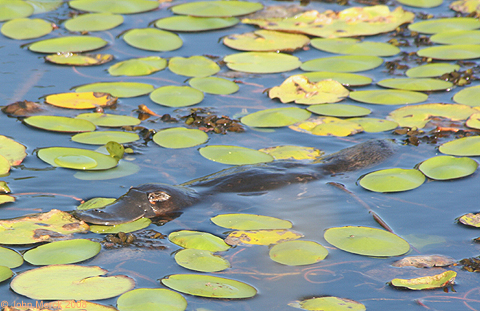
Duck-billed platypus cooling off
Shedding Heat:
Obtaining heat is only half of the homeothermy problem. How do you eliminate excess heat?- Environmental heat sinks: Find a cool spot and lie in it:
- Especially useful for small animals with high surface area/volume ratios, able to exploit microenvironments.
- Many amniotes retreat to shade or bodies of water to avoid overheating (right).
- Larger animals may alter their surface to volume ratio by growing "cooling fins" to facilitate environmental heat exchange. Of course, if you are ectothermic, you can use these to capture heat when it is cold.
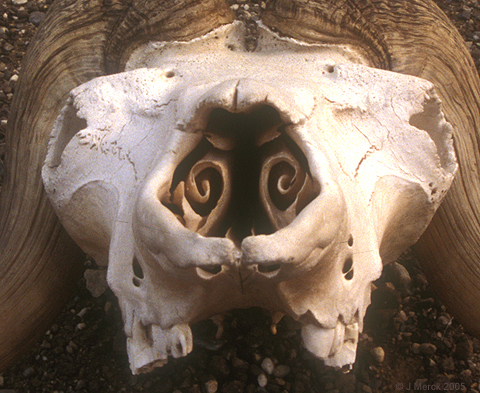
Nasal turbinates of musk ox - Evaporative cooling: Increase the thermal conductance of your surface by moistening it. Can take the form of:
- Sweat
- Respiratory surfaces: The combination of panting - moving large volumes of air across the moist linings of the oral cavity, pharynx, etc, facilitates evaporative cooling, especially when combined with specialized evaporative cooling structures like nasal turbinates - scroll-shaped bones in the nasal cavities of mammals (right) and birds.
So, cooling is distinct from warming in homeothermy. Is there, nevertheless, a connection between the two?








